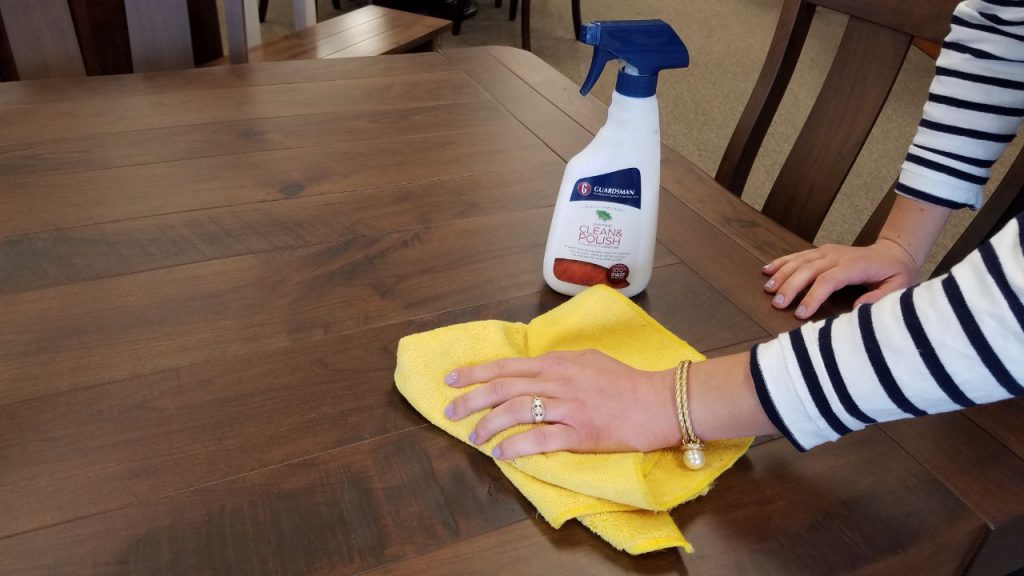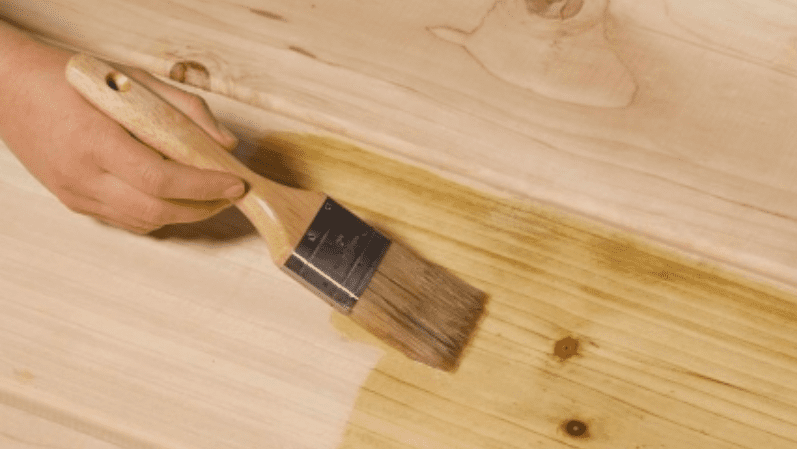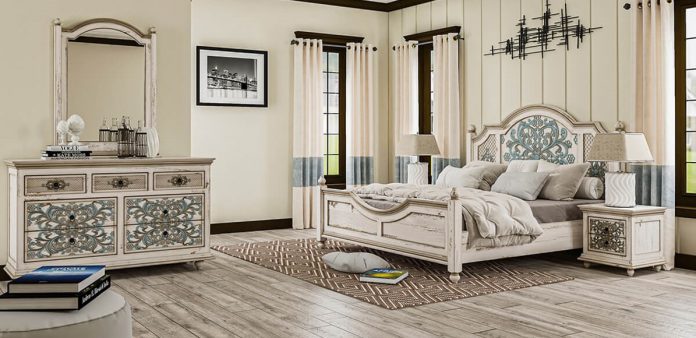5 Simple Ways to Safeguard Your Wooden Bedroom Furniture.
Last Updated on October 2, 2024 by SierraLivingConcepts
Out of all the rooms in a home, the bedroom receives the most attention in terms of design. Realtor Magazine says Americans love their bedrooms because they’re where “they can hide from family members,” and because they offer so much more privacy.
Bedrooms are one of the most used rooms, and that means homeowners and designers take great care when selecting their furniture. And what better choice than good old reliable solid wood? Solid wood has a sheen that’s easy on the eyes, and old-growth timber, in particular, is durable yet pliant enough for all kinds of furniture.
The best part is that solid wood can last for generations, as long as you properly care for it. From handling basic wear and tear to guarding furniture during moves, there’s a lot to be mindful of, but a little effort will go a long way in reducing your cleaning or repair costs over the years.
5 Easy Tips to Safeguard Your Wooden Bedroom Furniture.
1. Clean and Polish Regularly
Regular cleaning and polishing are important for any furniture, but more so for solid wood pieces. Even fine dust in the air can be abrasive enough to leave marks on surfaces, and layers of dust can trap moisture. This can accelerate the aging process of solid wood, and ultimately alter its appearance.

Fortunately, taking care of dust is rather straightforward. It only requires a clean piece of cotton fabric or microfiber for a quick wipe-down. For deeper grooves or harder-to-reach places spots like ornate carvings, lambs’ wool is an excellent option for pulling dust.
Beyond regular dust management, the occasional polish is also recommended for wooden furniture. This doesn’t just provide a bright finish but also adds a protective layer –– keeping moisture away and making the surface easier to clean in the future. For commercial polish, Pledge Restoring Oil and Scott’s Liquid Gold Wood Care are some of the top options. Otherwise, Housewifehowtos.com also recommends using natural cleaners, such as a combination of olive oil, distilled white vinegar, and lemon juice. This solution can clean and polish solid wood furniture at a lower cost, without any of the potential allergens in some store-bought products.
2. Avoid Exposure to Direct Sunlight
Placing bedroom furniture in the path of sunlight can sometimes be unavoidable. However, it’s important to remember that too much exposure can alter the wood’s natural color. A study published in the National Library of Medicine notes the photosensitive nature of wood means that the UV in sunlight darkens the wood’s color over time. Indoor furniture isn’t exempted, but at the very least avoiding direct light exposure slows down the drying process, which can lead to cracks.

The simplest way to protect against these effects is to install light-blocking curtains in the bedroom. You can also opt to have thick covers on hand for pieces that are near windows, or otherwise exposed to the sun for long portions of the day. Additionally, you can also invest in finishes with UV inhibitors that add protection against natural light.
3. Shift and Move Furniture Carefully
While these pieces are treated as permanent fixtures, it is not uncommon for them to be repositioned. Sometimes, adjustments are made to accommodate new furnishings or establish a new layout according to the season. It was also suggested in an article by Today that some people periodically rearrange furniture as a form of self-care, with the idea being that the process itself can be soothing.

Regardless of the reason for rearranging bedroom furniture, the process itself needs to be carefully done. It is first crucial to locate any sharp points or hard edges around the room that can accidentally cause scratches. This can be anything from a metal doorstop to the side of a desk.
Cover these edges with Styrofoam, bubble wrap, or a layered cloth cushioning before ensuring that the people moving the furniture are able to lift and maneuver the items as needed. Otherwise, there’s an increased risk of dropping the pieces, which might dent the wood. Dragging them across the floor isn’t encouraged either, as the friction can lead to scratches on the floorboards as well.
4. Transport Furniture the Right Way
While rearranging furniture can be tough, a complete relocation may be your biggest challenge. Being familiar with the layout of the new place helps with avoiding accidents during a move, but unfortunately, this isn’t always possible.
For those personally managing a move, protection begins with diligently covering and wrapping wooden pieces with thick fabric (or possibly bubble wrap) and blankets. If the process is being entrusted to movers, it’s equally essential that the safety measures are discussed before moving day. AskMoney’s guide to choosing movers points out that some movers do provide packing materials, which can include protective wraps for nice furniture. However, these must be requested in advance because they’re typically considered to be part of additional services.

When notifying a moving company in advance, make sure to specifically emphasize that heavy, valuable pieces of hardwood furniture are being moved. This lets them know that multiple individuals may be needed to carry certain pieces. At the same time, your moving company may decide to conduct a preliminary visit in order to outline best their strategy for transporting your hardwood pieces.
5. Treat Damage and Infestations
Infestations are another common source of damage to wooden furniture, particularly over time. Termites are the usual culprits, but insects like ants and even beetles can cause damage as well.
Watch out for a dust-like residue or any similar abnormality that appears persistent on your furniture. This can be a sign of insect activity and requires observation from specialists who can act quickly and provide the right solutions to protect the wood in the long term. Avoid homegrown, simple cosmetic solutions, which don’t always tackle the root problem.

The solutions may vary depending on the infestation. If ants are the problem, steps to prevent further infestation often amount to maintaining a cleaner environment. Whereas when termites are concerned, an EPA write-up recommends several preventive measures such as fixing leaks, clearing vents of any blockage, and keeping trees and shrubs from growing too close to the house. These are all means of preventing termites from gaining access points to the home, and by extension, wooden furniture.
Solid wood furniture is a gorgeous addition to any bedroom. However, the special care that they require is an investment that homeowners need to be sure they can make. The recommendations and tips above provide guidance for this care and can help every solid wood enthusiast maintain the quality and integrity of these pieces for as long as they’re kept.
We hope you found this article to be useful. And if you want more tips on how to keep that favorite room looking its best, please take a look through our “Bedroom Furniture” section at your leisure.
People Also Read: Experts Tips on Creating a Serene Space in Your Apartment


